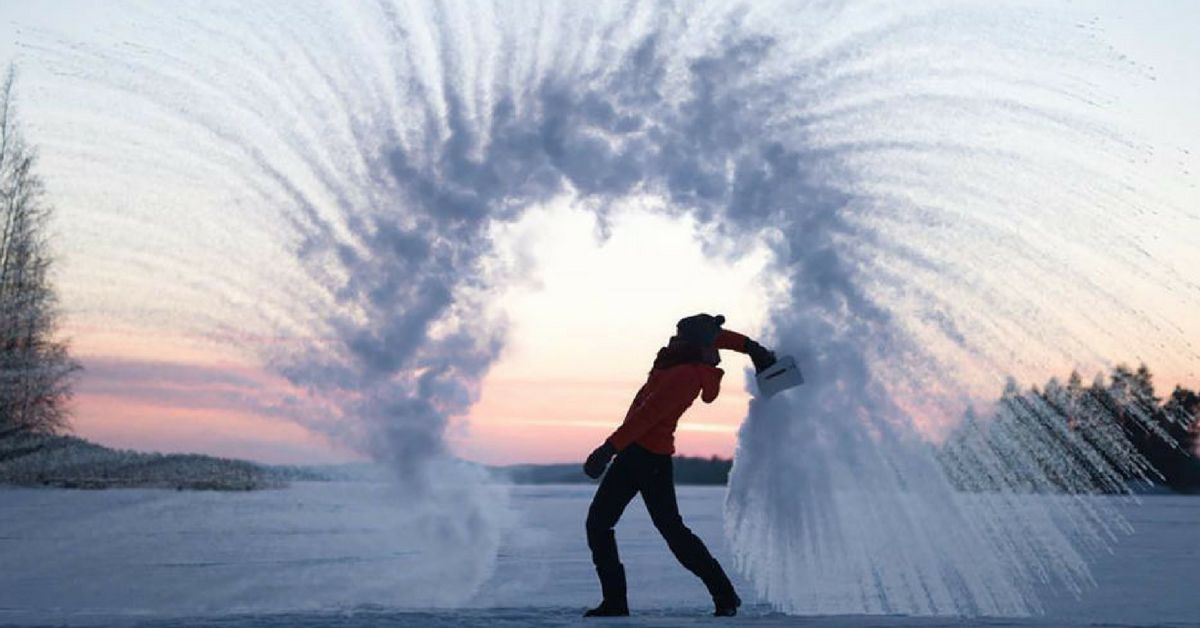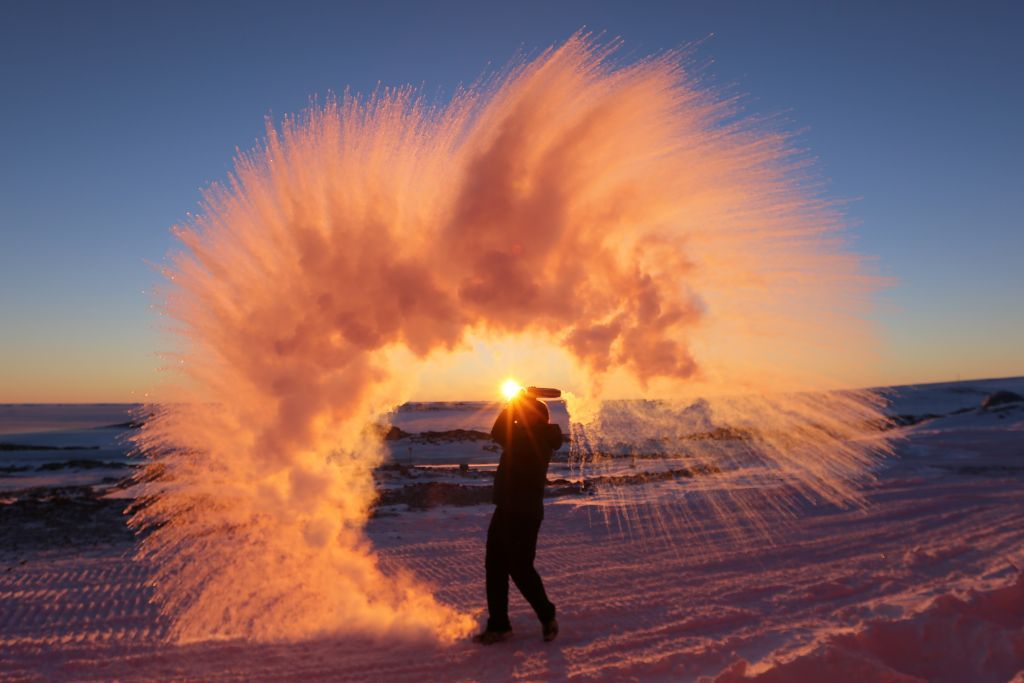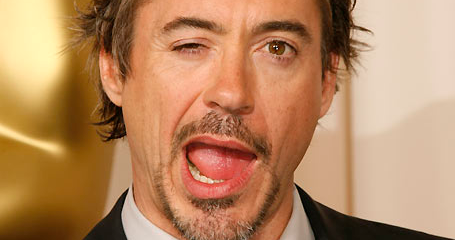Winter is pretty brutal with the crazy temperatures and insane weather patterns, but there is something about it that is just so beautiful. There is a quiet calm that comes after a big storm, one that is accompanied by a blanket of fluffy white snow, but it never seems to last long.
There are some ways that you can have fun with winter, ones that don't even take a lot of effort. Testing out some fun science experiments are a good way to keep the kids busy on those cold days without them driving you completely crazy.
One experiment that is easy to do (if you're careful) is turning boiling hot water into an instant blizzard. Because water is a unique substance that can exist as a liquid, gas, and solid, if you introduce boiling water into a 0.01°C (32.018°F) temperature, you will see something incredible.
Here's how it works...
Taneil Uttal, an arctic climatologist for the National Oceanic and Atmospheric Administration (NOAA) says that the energy of throwing the boiling water into nearly freezing temperatures will causes the water to form into droplets. These droplets will then immediately try to vaporize, but because of the cold air will instead condense into little ice crystals, aka snow.
This isn't the only unique phenomenon that can happen in the winter. Frozen clouds on lakes form all the time because the water droplets that normally hover over it turn into an ice fog. It's even possible that the moisture in the air can freeze your eyelashes together.
Soap bubbles are another amazing thing to watch in the cold because they will actually freeze into a perfect circle.
"The air inside the bubble will diffuse faster if it's warmer and slower if it's colder," says Brian Wunar, director at the Museum of Science and Industry. "If it's very cold out, such as the negative temperatures we've seen this week, the bubbles can form ice crystals. Instead of popping, [the bubbles] crack after forming into a crystalline structure."




